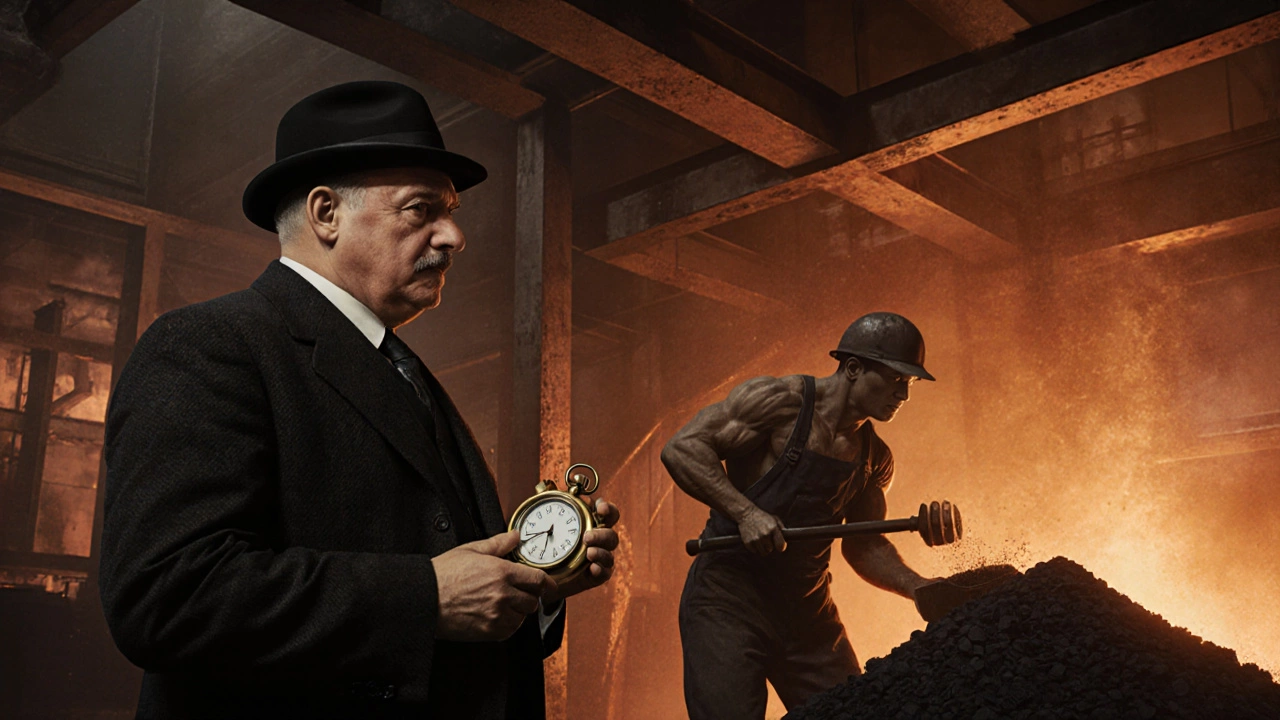Time and Motion Study: How to Measure Work Efficiency in Real Jobs
Time and motion study, a method to analyze how workers perform tasks by timing each step and observing movement patterns. Also known as work study, it’s not about spying on employees—it’s about making jobs easier, safer, and less tiring by removing unnecessary steps. This approach started in factories over 100 years ago, but today it’s used in hospitals, software teams, farms, and even call centers across India to fix slow processes and save time.
It works by breaking down a task—like packing a box, filing a medical record, or assembling a circuit—into small actions. Each action is timed. Then, observers note wasted motion: walking too far, reaching for tools, waiting for materials. The goal? Reduce motion, cut delays, and keep people from burning out. Industrial engineering, the field that designs efficient systems for work and production relies heavily on this method. It’s also closely tied to workflow optimization, the practice of redesigning steps in a process to improve speed and reduce errors. You don’t need fancy tools—just a stopwatch, a notebook, and someone willing to listen to the people doing the work.
What makes time and motion study powerful is that it’s grounded in real behavior, not theory. A hospital in Pune used it to cut patient check-in time by 40% after noticing nurses walked 200 extra steps per shift just to fetch forms. A textile mill in Tamil Nadu reduced defects by 30% after fixing a single awkward reach that caused workers to misalign fabric. These aren’t hypothetical fixes—they’re changes made because someone watched, timed, and asked: "Why are we doing it this way?"
What you’ll find in the posts below are real stories from Indian workplaces where small changes—based on careful observation—led to big gains. You’ll see how teams in tech, healthcare, and manufacturing used time and motion study to fix bottlenecks, reduce fatigue, and make work feel less like a grind. No fluff. Just what worked, what didn’t, and how you can apply it.




